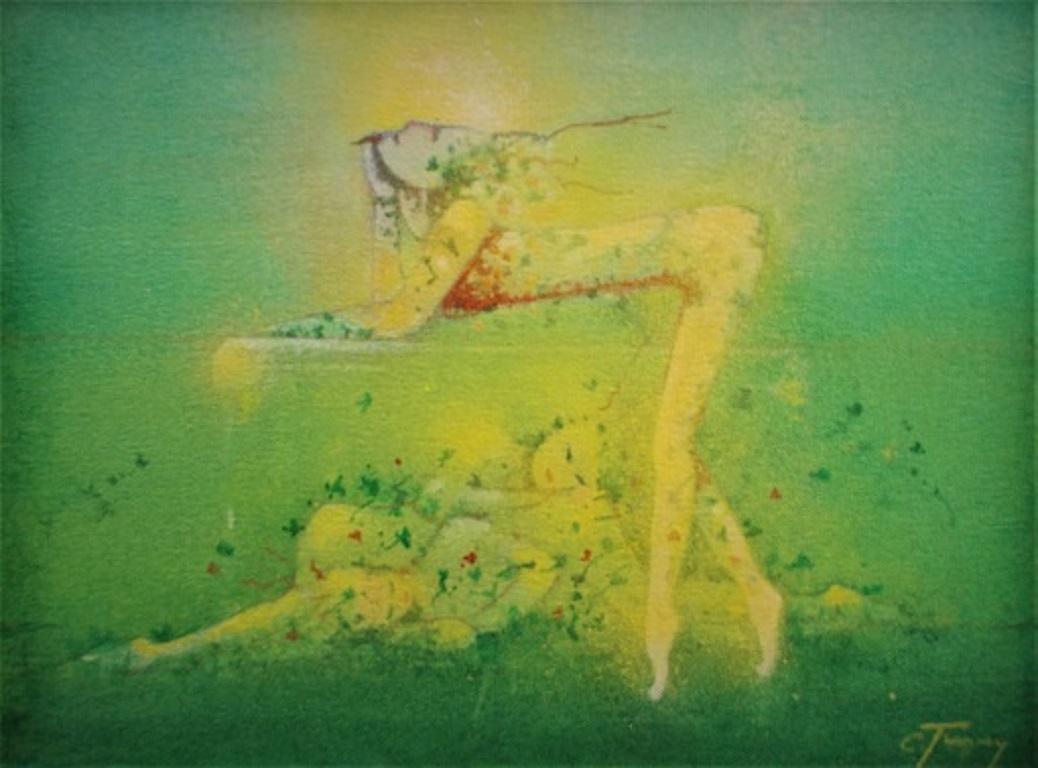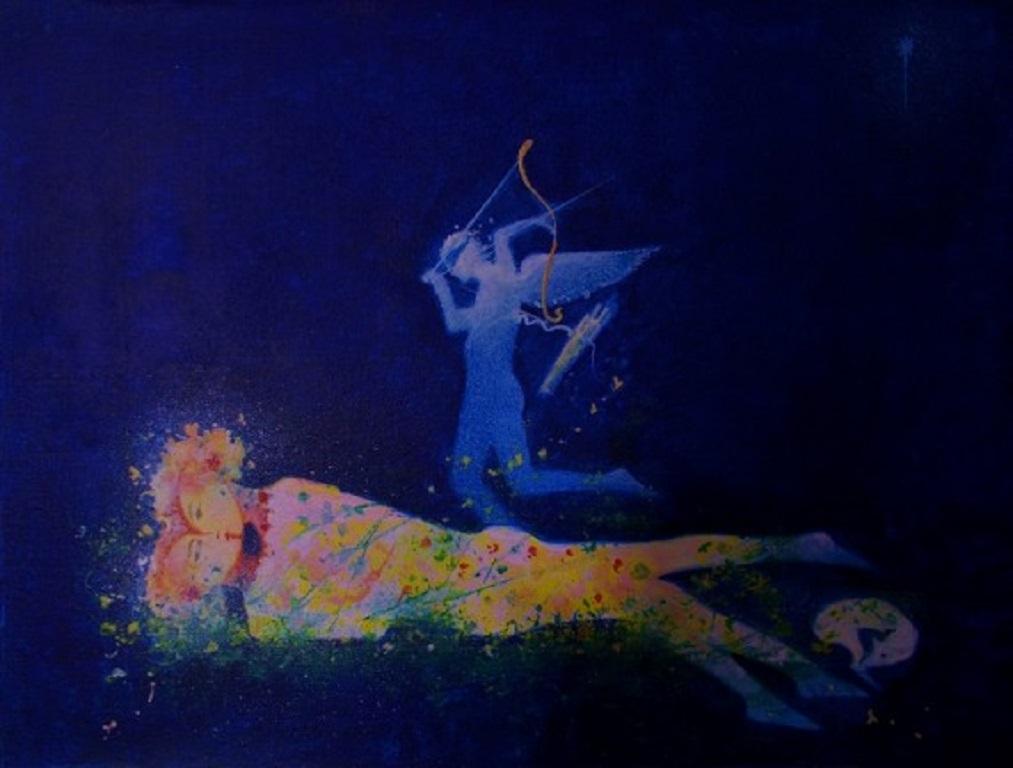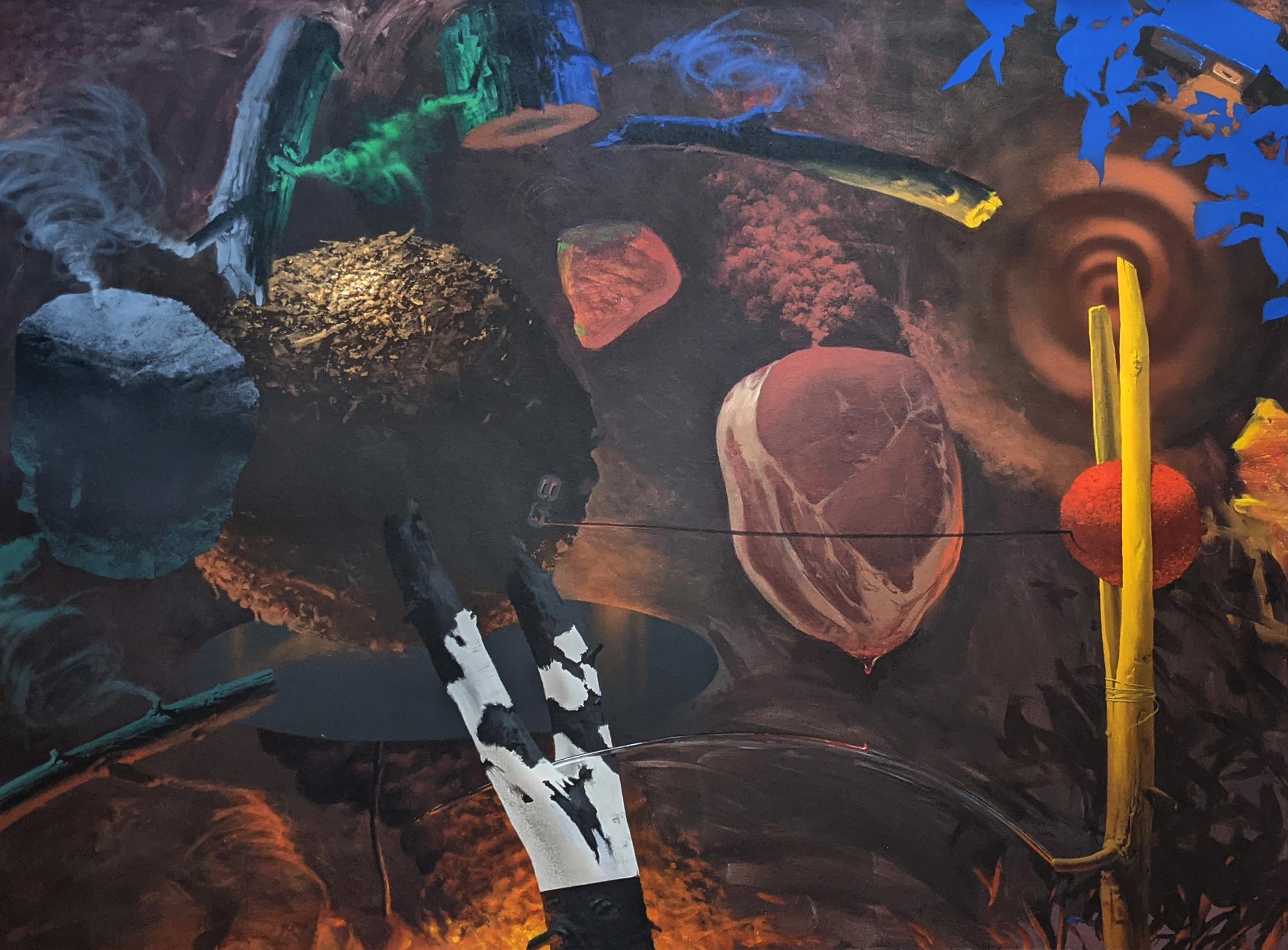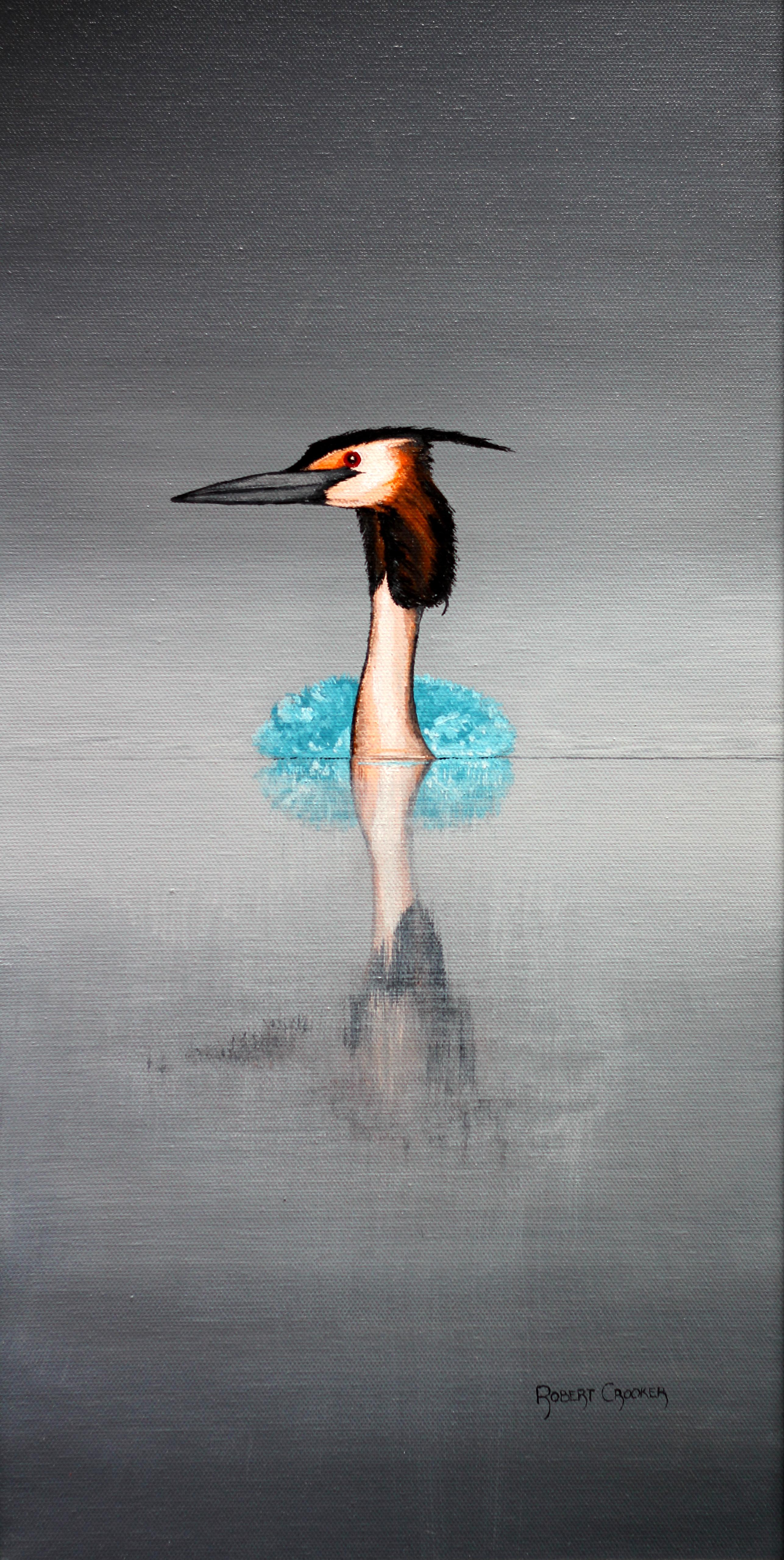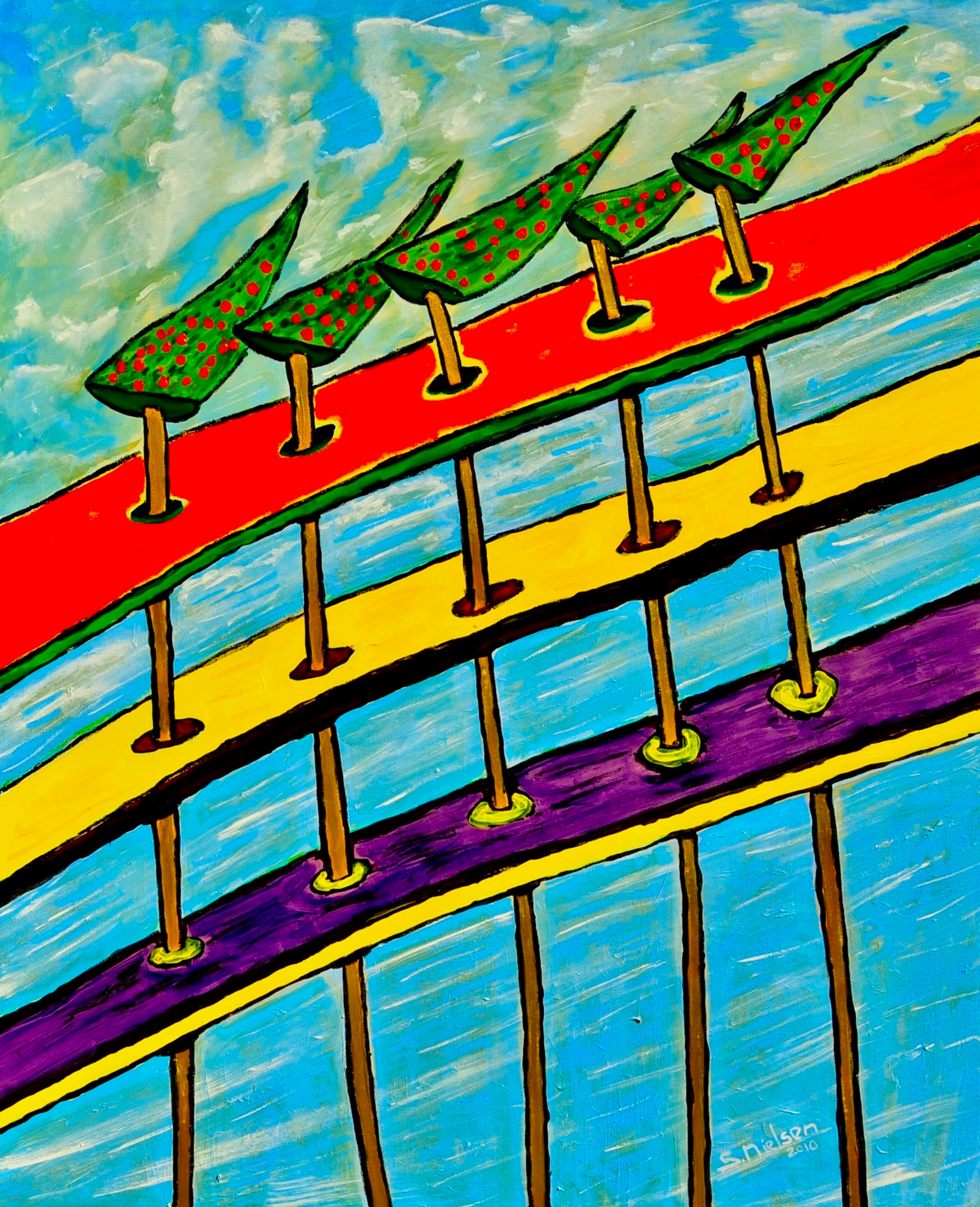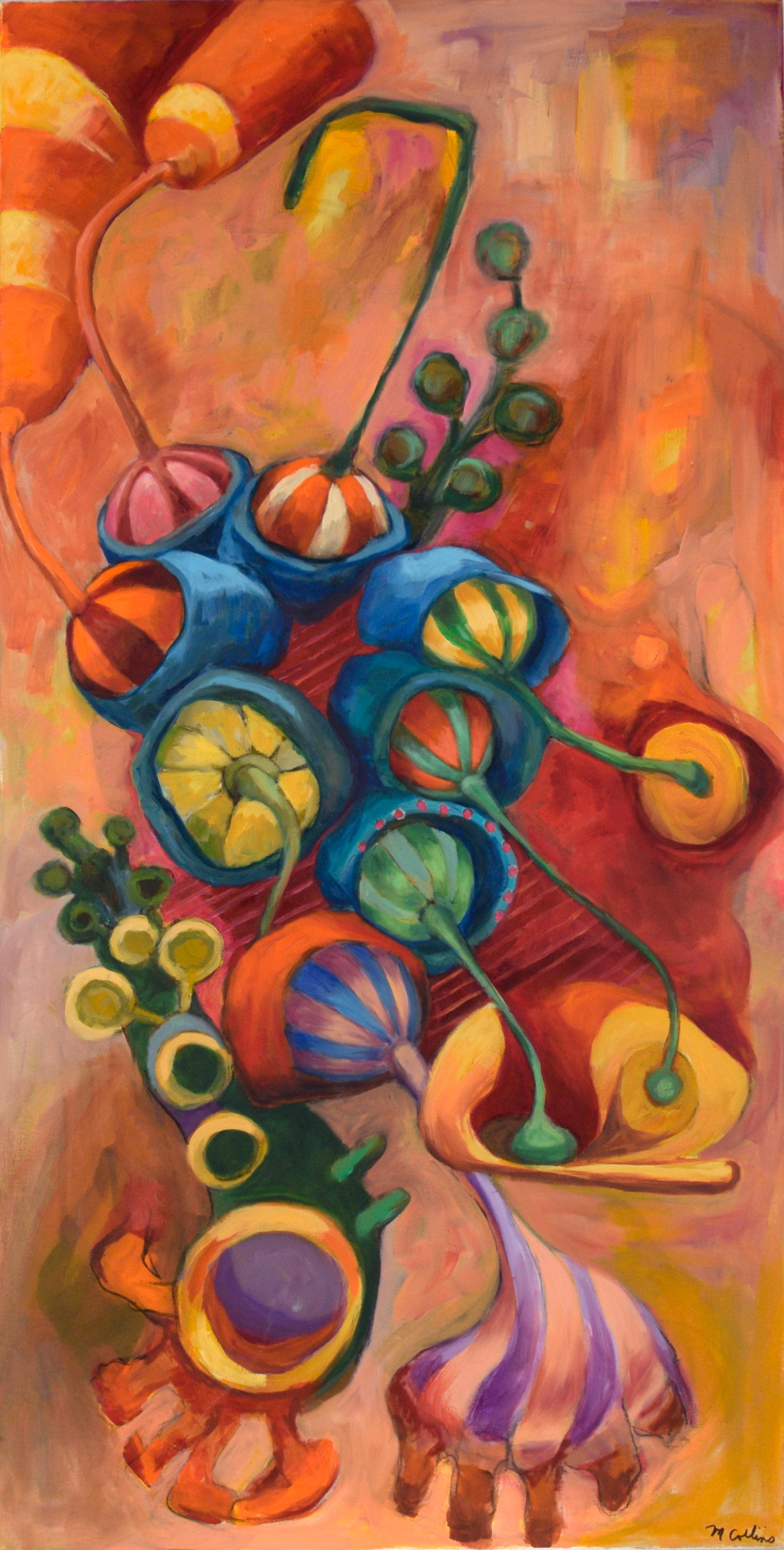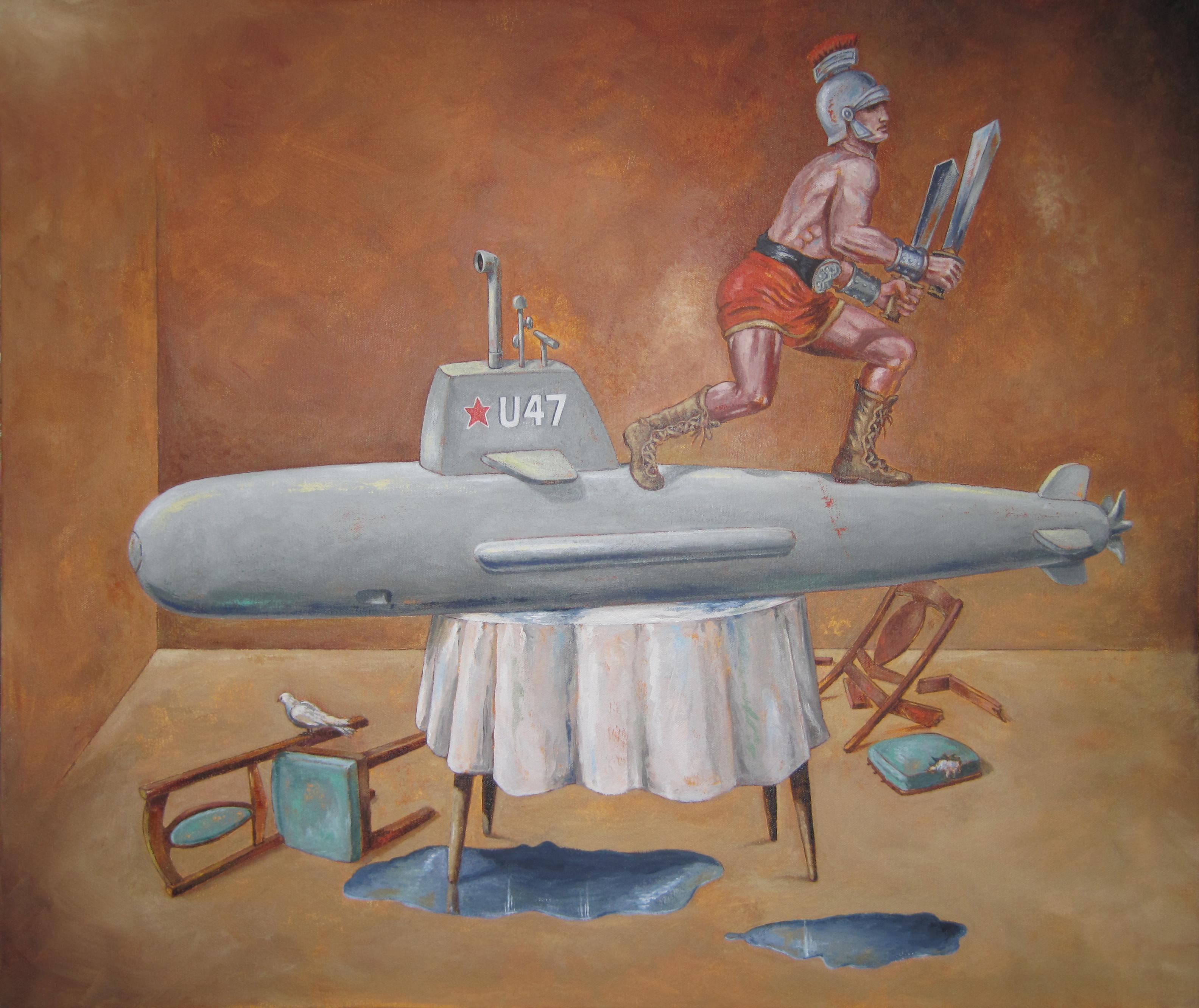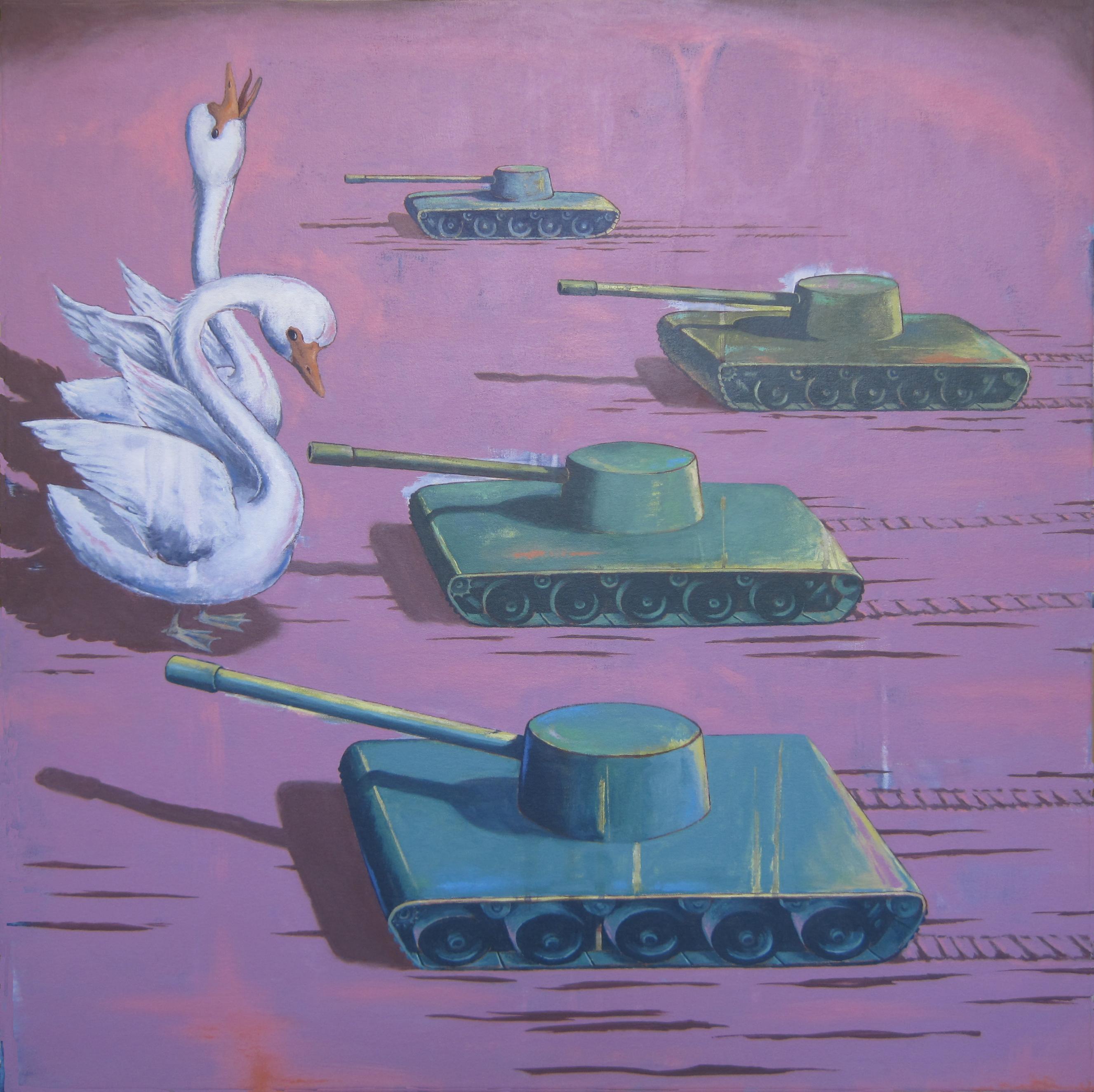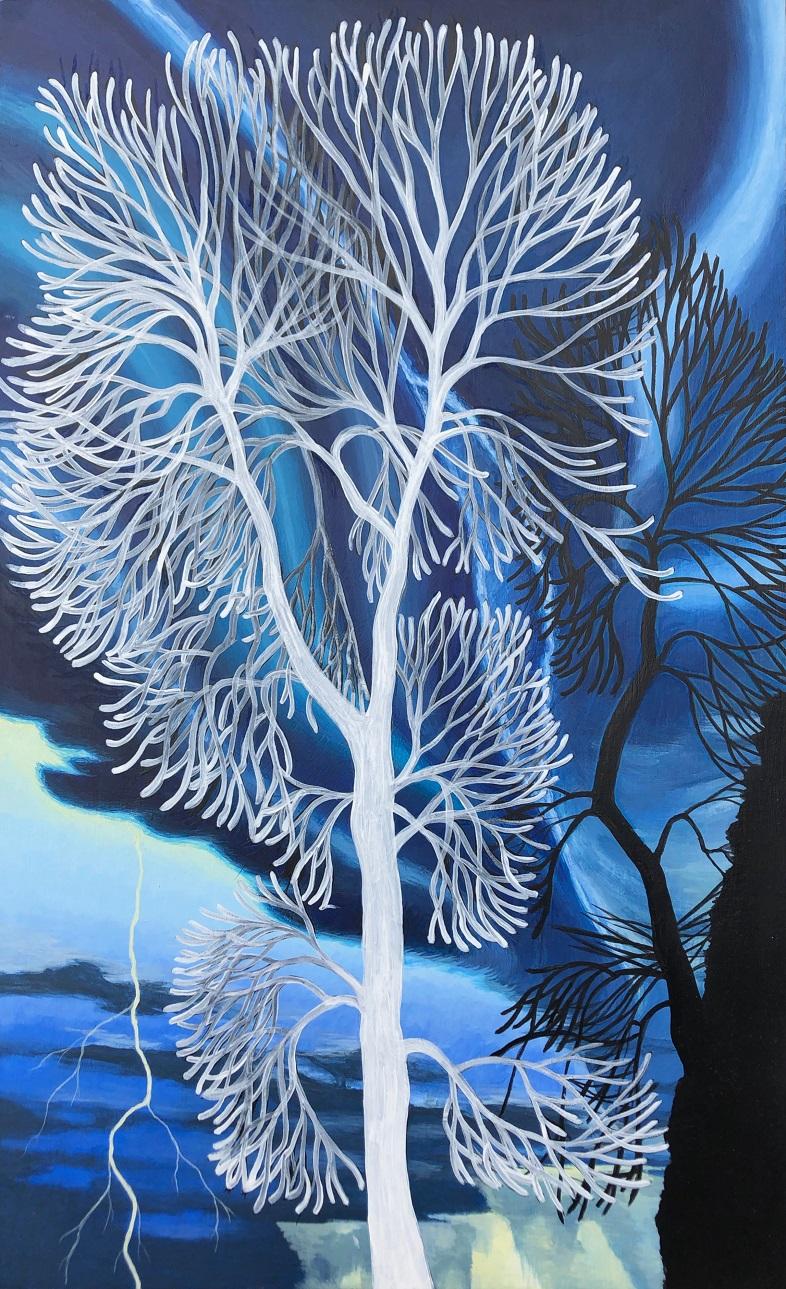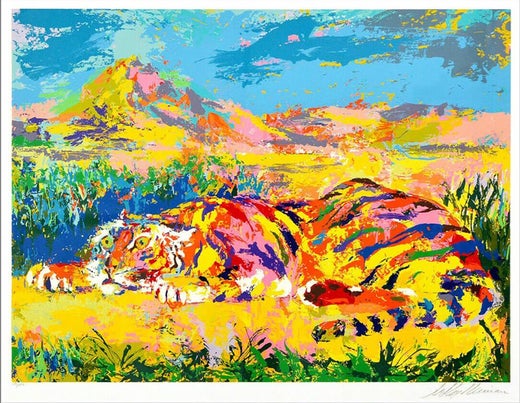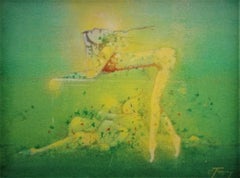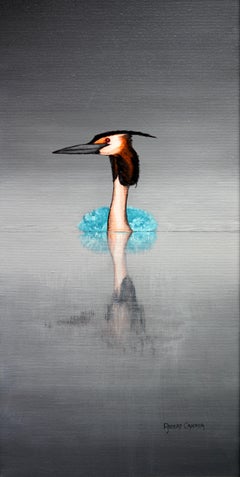Leroy Neiman Signed Limited US Open Oakmont Golf Art Painting Best Offer
View Similar Items
LeRoy NeimanLeroy Neiman Signed Limited US Open Oakmont Golf Art Painting Best Offer1983
1983
About the Item
- Creator:LeRoy Neiman (1921 - 2012, American)
- Creation Year:1983
- Dimensions:Height: 36.5 in (92.71 cm)Width: 48 in (121.92 cm)Depth: 2 in (5.08 cm)
- More Editions & Sizes:uniquePrice: $49,400
- Medium:
- Movement & Style:
- Period:
- Condition:Piece and frame are in excellent condition. Display ready.
- Gallery Location:Minneapolis, MN
- Reference Number:1stDibs: LU109813755231
LeRoy Neiman
LeRoy Neiman, born LeRoy Runquist, is best known for his vibrantly colored paintings and screen prints, which draw on Impressionism and Pop Art and frequently feature portraits of athletes and musicians as well as depictions of sporting events. He is renowned for creating art during live coverage of the Olympics and other major American and international sports competitions. He once commented, “I use (bold) color to emphasize the scent, the spirit, and the feeling of the thing I’ve experienced.”
Born in Saint Paul, Minnesota, Neiman showed an early aptitude for drawing. After returning home from WWII, he studied at the Saint Paul School of Art and the School of the Art Institute of Chicago (SAIC), where his classmates included Robert Indiana and Leon Golub. Upon graduation in 1950, he began teaching at SAIC.
In 1953, his oil painting Idle Boats won first prize at the Twin City Show, where the Minneapolis Art Institute purchased it. Neiman’s reputation quickly grew, and museums such as the Carnegie Pittsburgh International Exhibition of Contemporary Painting, the Art Institute of Chicago and the Corcoran Gallery of Art in Washington purchased his works.
In 1954, Neiman’s famous association with Playboy magazine began to take shape. Hugh Hefner commissioned Neiman to create an illustration for this fledgling magazine, and his piece won the 1954 Chicago Art Directors Award. This led to a relationship with Playboy that lasted five decades and included Neiman writing and illustrating the “Man at His Leisure” section and the creation of the well-known “Femlin” — a female nymph wearing only opera gloves, stockings and high heels — which appeared on the “Party Jokes” page in every issue since 1955.
In 1970, the 5th Dimension commissioned Neiman to create a cover illustration for the pop group’s album Portrait. In 1994, he created the illustration used for the playbill and the immense Broadway mural for the musical Busker Alley. He was inducted as a Laureate of The Lincoln Academy of Illinois and awarded the highest honor of the state of Illinois, the Order of Lincoln, in 2009.
Today, you can find Neiman’s works in the collections of the Smithsonian American Art Museum in Washington, the Art Institute of Chicago, and the Indianapolis Museum of Art (Newfields), among others.
On 1stDibs, find LeRoy Neiman prints, drawings, paintings and more.
You May Also Like
2010s Surrealist Figurative Paintings
Acrylic
2010s Surrealist Figurative Paintings
Acrylic
1990s Surrealist Still-life Paintings
Canvas, Acrylic
21st Century and Contemporary Surrealist Animal Paintings
Canvas, Acrylic
21st Century and Contemporary Surrealist Still-life Paintings
Acrylic
21st Century and Contemporary Surrealist Abstract Paintings
Canvas, Acrylic, Stretcher Bars
